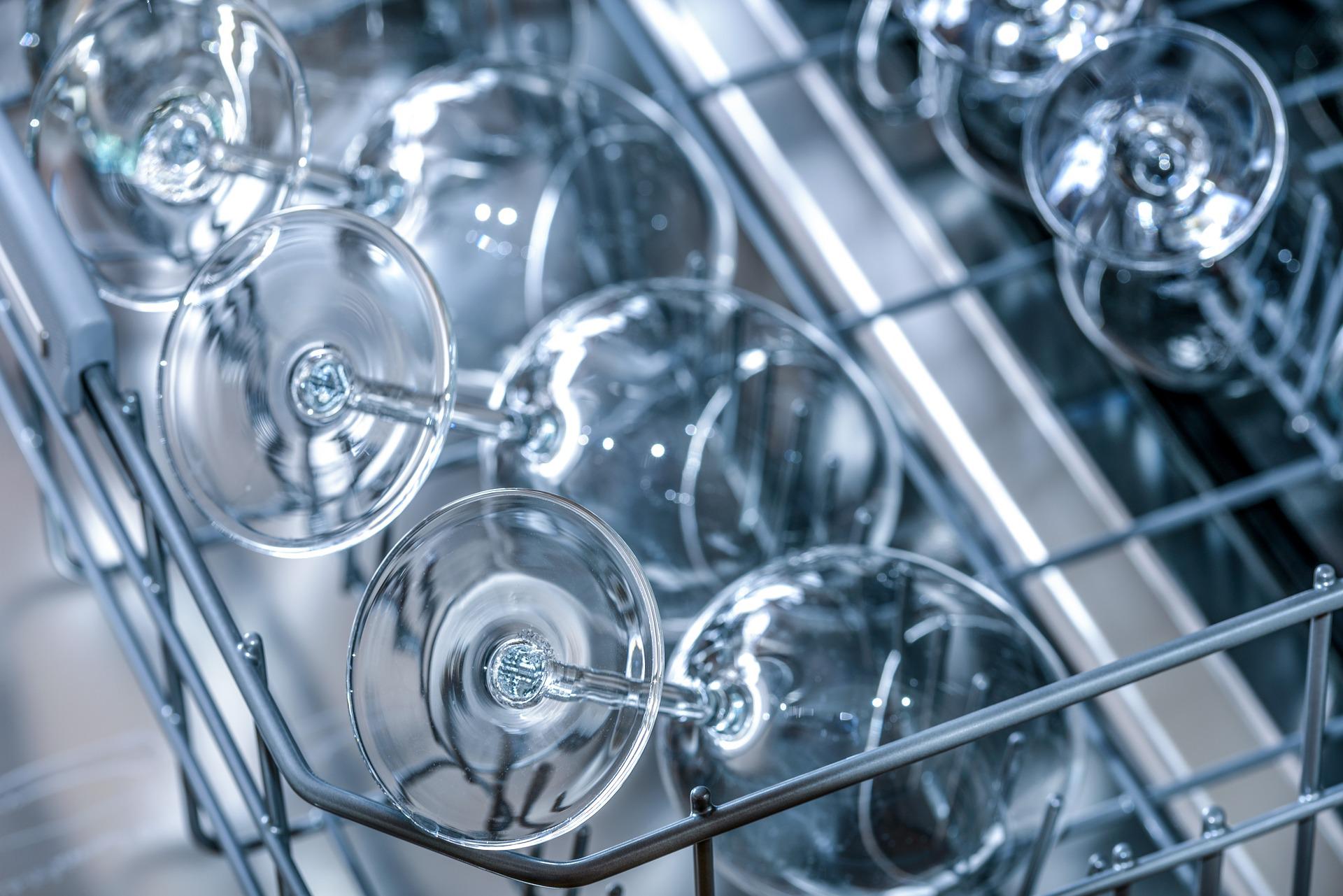HACCP* Commercial Dishwasher Temperature: What Should It Be and How Should It Be Monitored?

Nearly 200 years after they were invented, commercial dishwashers have come a long way. Today’s high-capacity models combine excellent energy and water efficiency with fast washing cycles to relieve commercial kitchens of the burden of handwashing enormous quantities of food preparation equipment.
However, commercial dishwashers are not only used for speed and practicality: in restaurants, hospitals, hotels, and other busy establishments, preventing the spread of harmful pathogens is crucial. Bacteria and viruses, such as E.coli, listeria, and coronavirus, can spread quickly, particularly where cutlery and dinnerware is used repeatedly by different people. The high-water temperature that dishwashers use is effective in the fight against illness, but how hot should water be and how should the temperature be monitored?
How Hot Should a Commercial Dishwasher Operate?
Commercial dishwashers should operate at between 49°C and 60°C during the washing cycle, and between 82°C and 88°C during rinsing. This is higher than the average for domestic dishwashers. At these temperatures, few pathogens can survive, particularly when combined with an effective detergent. Higher temperatures are also far more effective at removing persistent stains from cutlery and dinnerware.
How Can The Temperature of a Commercial Dishwasher Be Monitored?
According to Hazard Analysis and Critical Control Points (HACCP) standards, which are widely adopted to ensure food safety, temperature tests should be carried out regularly, both during the washing and the rinsing phases of the cleaning cycle. This will help to ensure maximum dishwasher efficiency, and ascertain that the temperature is high enough to destroy bacteria that are lingering on cutlery and dishes.
At Signatrol, our waterproof temperature data loggers are highly reliable and suitable for monitoring the temperature of commercial dishwashers. As well as providing inviolate proof that the water is neither too hot nor too cold, our data loggers will also quickly flag any emerging problems so that these can be rectified. Even one washing cycle carried out at a low temperature could cause the unintentional spread of pathogens, with the potential to infect many people and cause unpleasant illness.
We also supply waterproof data logger enclosures, so that sensitive monitoring equipment is not damaged by water during the washing cycle. This means that data loggers can be safely submersed in water, while providing accurate readings of the temperature.
As with all temperature data logging, it is advisable to maintain a record of monitoring for audit purposes and to evidence the steps you have taken to safeguard consumer safety.
* Hazard Analysis and Critical Control Point
For Commercial Dishwasher Temperature Monitoring, Contact Signatrol
To find out more about our extensive range of temperature data loggers for your commercial kitchen, please get in touch with Signatrol today.
Image Source: Unsplash
